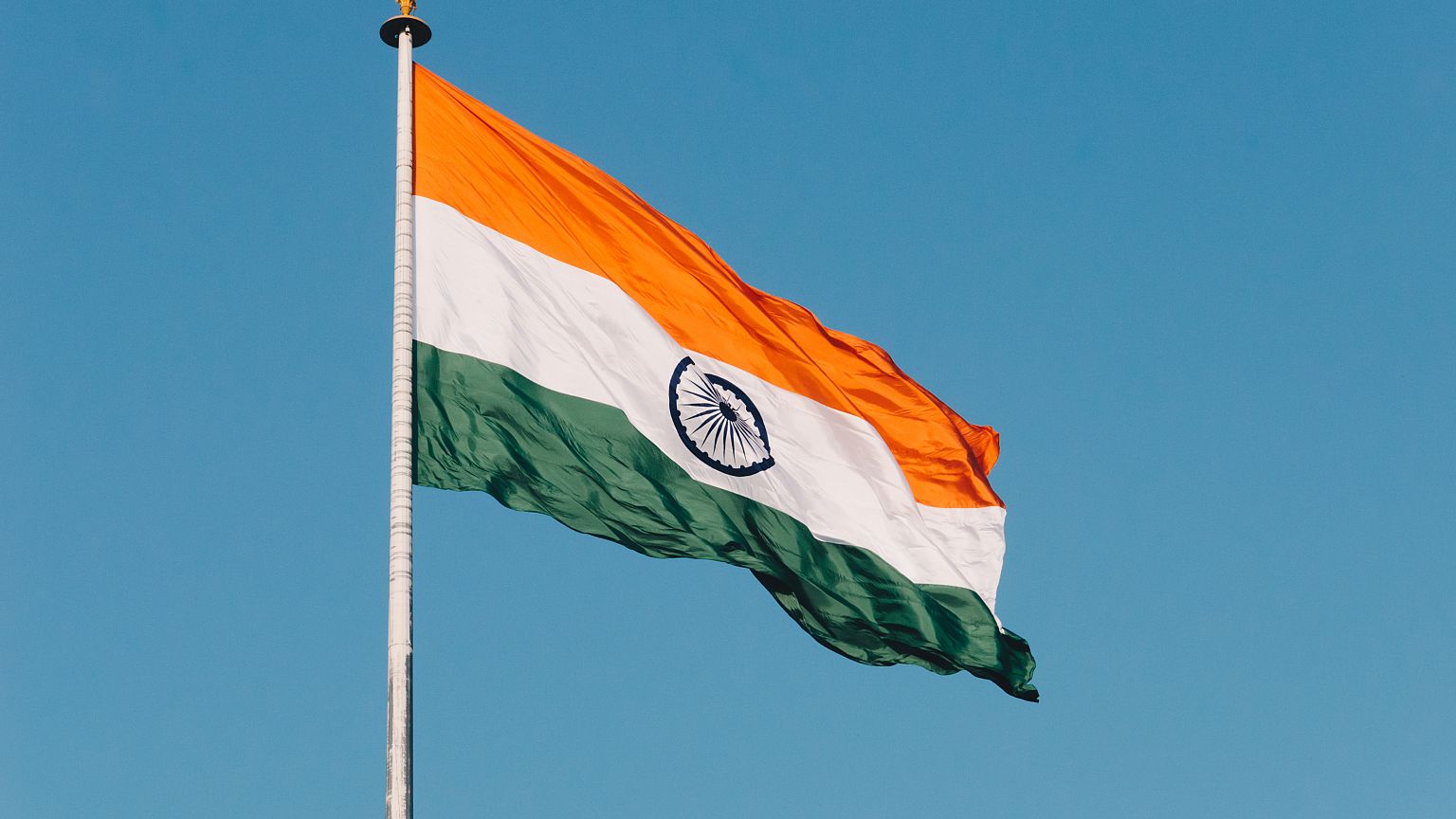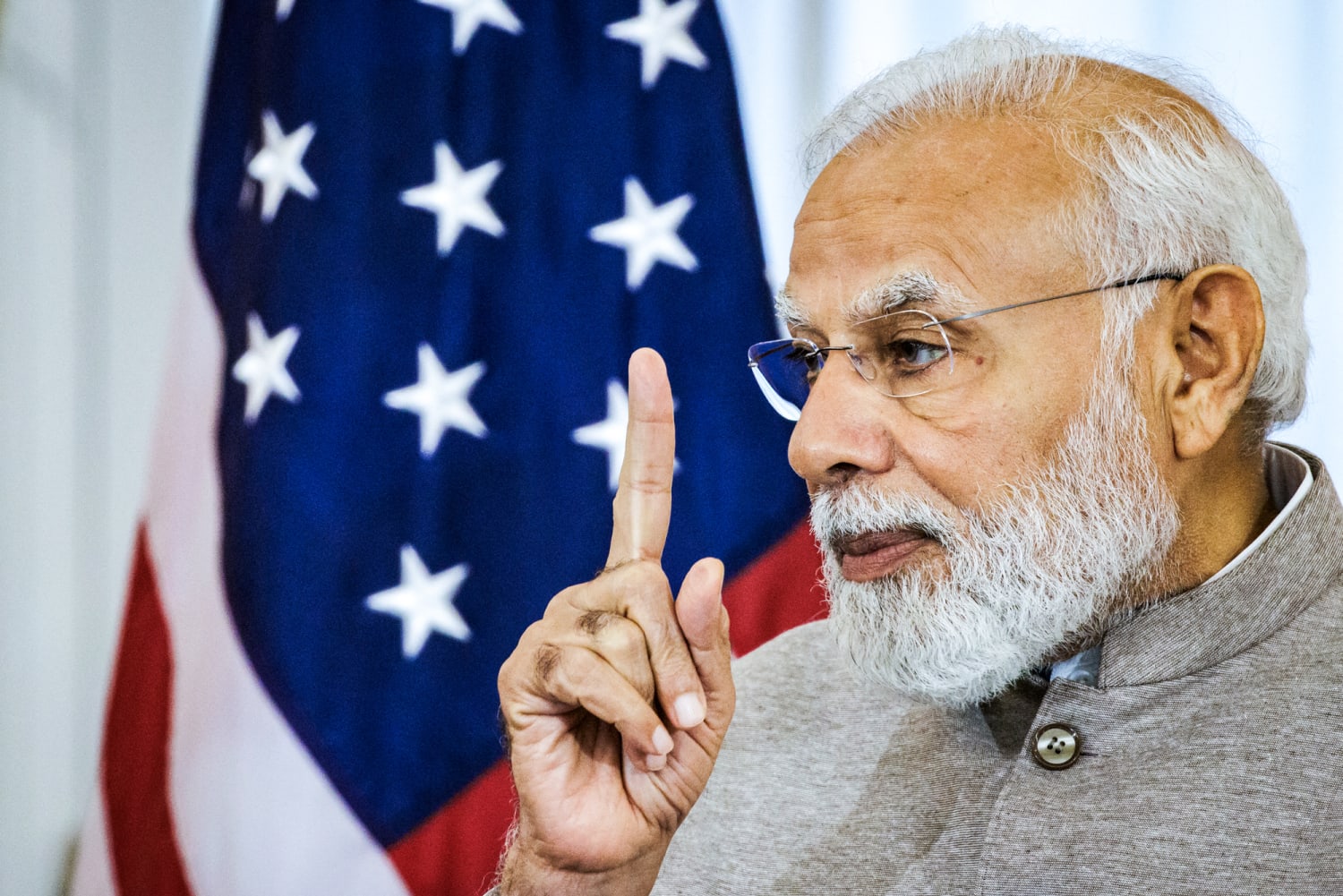Based on available information from recent news sources and trends, here are the ten most talked-about news stories over the past 24 hours as of May 10, 2025, 11:40 AM CDT. These are drawn from major news outlets and reflect global, regional, and political developments that have garnered significant attention. The list is ordered roughly by prominence but is not exhaustive due to the dynamic nature of news cycles.
- U.S.-China High-Stakes Tariff Talks Begin in Switzerland
Trade negotiators from the U.S. and China started talks to address escalating trade tensions, with President Trump suggesting an 80% tariff on Chinese goods “seems right.” The outcome could shape the global economy amid Trump’s ongoing trade war. - India and Pakistan Agree to Ceasefire After U.S.-Mediated Talks
Following intense military exchanges, India and Pakistan agreed to a ceasefire, mediated by the U.S., marking a de-escalation in one of the most serious confrontations between the nuclear-armed rivals in decades. - European Leaders Visit Kyiv to Push for Ukraine-Russia Truce
Leaders from the UK, France, Germany, and Poland visited Kyiv to urge Moscow to agree to a truce and initiate peace talks to end the nearly three-year Ukraine-Russia conflict. - Greenland’s National Event Sparks Buzz After White House Misstep
A misunderstanding involving the White House claiming the Second Lady would attend a Greenland national event (she didn’t) generated significant discussion, overshadowing the event itself. - India-UK Trade Deal Gains Traction
Alongside ceasefire talks, India and the UK are advancing negotiations for a trade deal, contributing to India’s busy diplomatic week and drawing international interest. - Israel’s Plan to Seize Entire Gaza Strip
Reports of Israel’s intention to seize control of Gaza, following over a year of intense military operations, have sparked global debate and concern about the humanitarian and geopolitical implications. - Iran-U.S. Nuclear Talks Seen as Last Chance to Avoid Conflict
Expected discussions between Iran and the U.S. are viewed as a critical opportunity to curb Tehran’s nuclear ambitions and prevent a potential war, drawing significant attention. - Lil Durk Denied Bail in Murder-for-Hire Case
Rapper Lil Durk’s second bail denial in a federal murder-for-hire case, linked to a 2022 retaliation plot, has fueled public debate, with fans split on the justice system’s handling of the case. - Matt Reeves Exits ‘The Batman: Part II’ Directing Role
Director Matt Reeves stepping down from “The Batman: Part II,” while remaining as screenwriter, has sparked widespread speculation and fan reactions about the future of the DC franchise. - CBSE Board Exam Results Anticipation in India
With CBSE Class 10 and 12 results expected soon (last year announced on May 13), students and parents are abuzz, contributing to significant online and media chatter in India.
- The list prioritizes stories with broad international or cultural impact based on recent reports from sources like The New York Times, Reuters, NPR, and CBS News, supplemented by trending topics on X where relevant.
- Some stories, like sports-related roster moves (e.g., Broncos or Nick Chubb) or local events (e.g., Cork City FC), were considered but excluded as they appeared less globally prominent.
- Exact rankings are subjective due to the lack of comprehensive real-time social media analytics or global news engagement data.
- For controversial topics (e.g., Israel-Gaza, Lil Durk), I’ve treated information as inconclusive and focused on reported facts to avoid bias.
There’s a lazy assumption that young Indians only care about reels, trends, and dancing videos. But in the middle of this crisis, I’m seeing young folks voices with nuance, asking sharper questions than the media and contributing to the discourse with clarity and not chaos.
— Dilip Kumar (@kmr_dilip) May 10, 2025
This…



